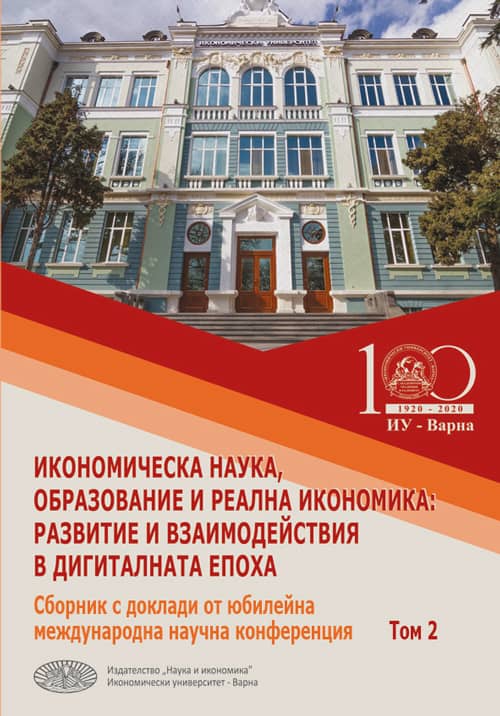EMPIRICAL ANALYSIS OF “BLACK SWAN EFFECT”: EVIDENCE OF CHINA
EMPIRICAL ANALYSIS OF “BLACK SWAN EFFECT”: EVIDENCE OF CHINA
Author(s): Elena Stavrova, Mariya Paskaleva, Ani Stoykova
Subject(s): Economy, National Economy, Business Economy / Management, Micro-Economics
Published by: Икономически университет - Варна
Keywords: black swan; China; macroeconomic indicators; stock market index; correlation
Summary/Abstract: A black swan is an extremely rare event with severe consequences. It cannot be predicted beforehand, though many claim it should be predictable after the fact. The purpose of this study is to examine the ―Black swan effect‖ on the Shanghai Stock Exchange Composite Index (SSE Composite index, SSEC) and eight macroeconomic indicators of China. We apply an econometric methodology consisting of unit root test, descriptive statistics, linear regression and correlation analysis based on the monthly statistics for the period 2007-2019. China's stock market crash on August 24, 2015 affected global stock markets, indicating a possible black swan event. The explored time period is divided into two sub-periods: January 2007- July 2015 and August 2015- December 2019 due to the Black Swan Event of August 2015 in China when China‘s stock index lost 30% of its value in 3 weeks sparking. Our findings show that a Black swan event of 2015 has a negative effect on the SSE Composite index. We can conclude that there was some kind of psychological effects on the Chinese stock market that caused positive and negative trends of SSEC indices. The main results confirm that the consumer price index, exchange rate, interest rate, unemployment, GDP and Trade balance are important explanatory macroeconomic variables that have a significant impact on SSEC index. We may conclude that Black swan events affect the macroeconomic conditions in the economy of China.
- Page Range: 129-146
- Page Count: 18
- Publication Year: 2020
- Language: English
- Content File-PDF

